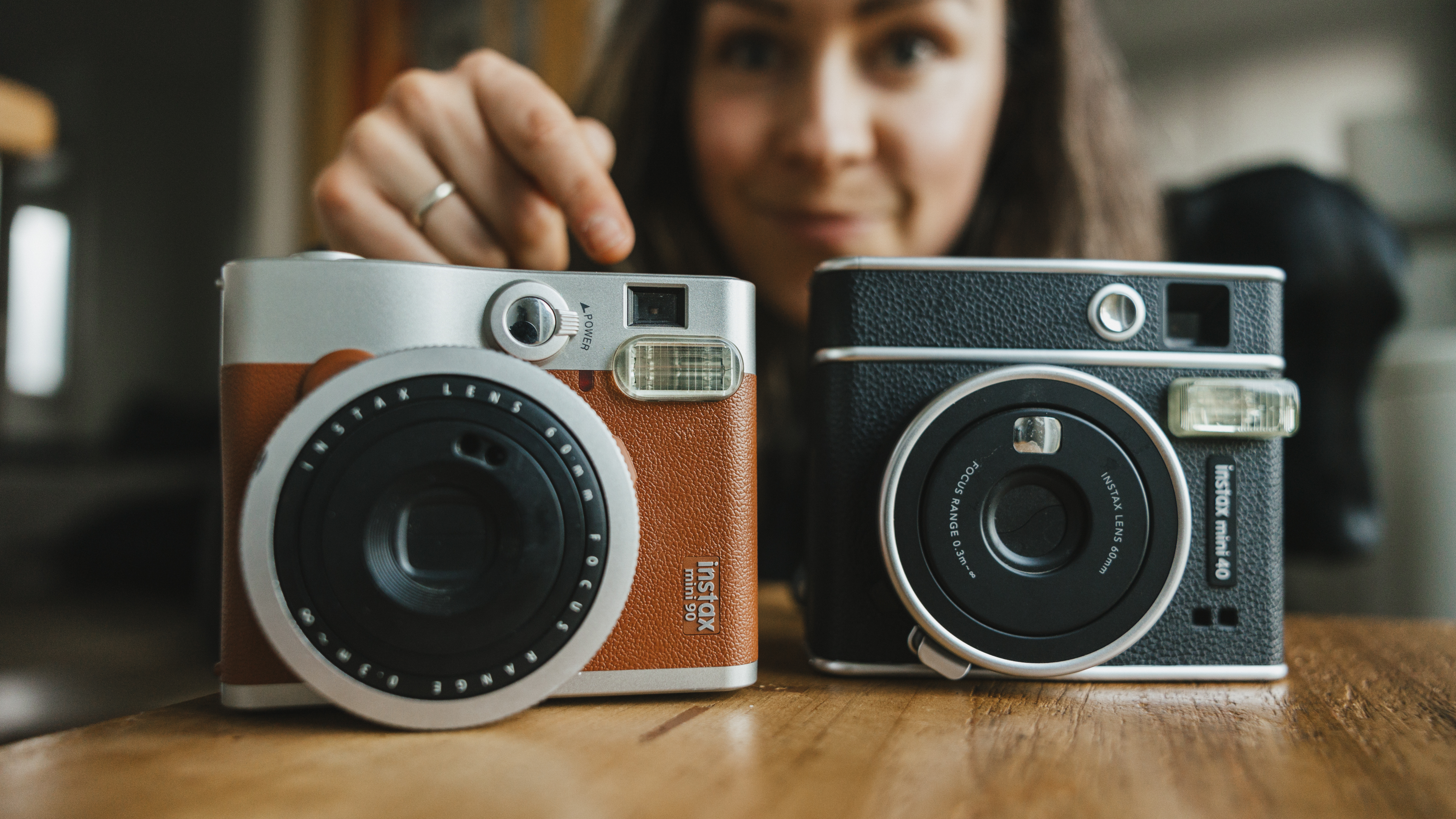
One of the great things about instant cameras, besides the fact that they fire prints out in seconds, is that they do a lot of the hard work for you. Because they're user-friendly, they usually have automatic exposure and focus settings that adjust to a scene. While automatic modes simplify the shooting process – especially if you don’t have much technical knowledge – the main downside is that you get less creative control, so you can’t always change the exposure based on the lighting conditions or your artistic ideas.
Unless you’re using an advanced manual instant camera like the Polaroid I-2, all you need to do is point, shoot, and perhaps add a filter or two to liven things up. The best instant cameras aren’t just for beginners, though. I’m a semi-professional photographer, and I still love the simplicity, and the nostalgic, spontaneous nature of instant film photography – especially when you try experimental films like Polaroid’s Reclaimed Blue.
Whether you've got a Polaroid or Instax camera, framing your subject more carefully, or using modes that you’ve previously ignored, can improve your hit rate. After all, instant film is expensive, and you want as many shots as possible to be sharp, dynamic, and well-exposed. Here are five tips to help you boost your instant camera photography, with some fun and creativity along the way.
1. Choose the right distance

Most instant cameras have a close-up focusing distance of around 30cm, although the Leica Sofort 2’s macro mode can get up to 10cm. It's important to understand the focus capabilities of your camera, as you'll get blurry images if you're too close. For selfies, hold the camera at least an arm's length away and if your camera has a mirror on the front, use this to help you gauge the distance.
You don't want to be too far away, though. Instant prints can be tiny, especially if you're using the Instax Mini format. If your subject is too far away, it’ll be hard to see it in the print, so aim to keep it within about 6-7 feet for the best results.
2. Use exposure adjustments
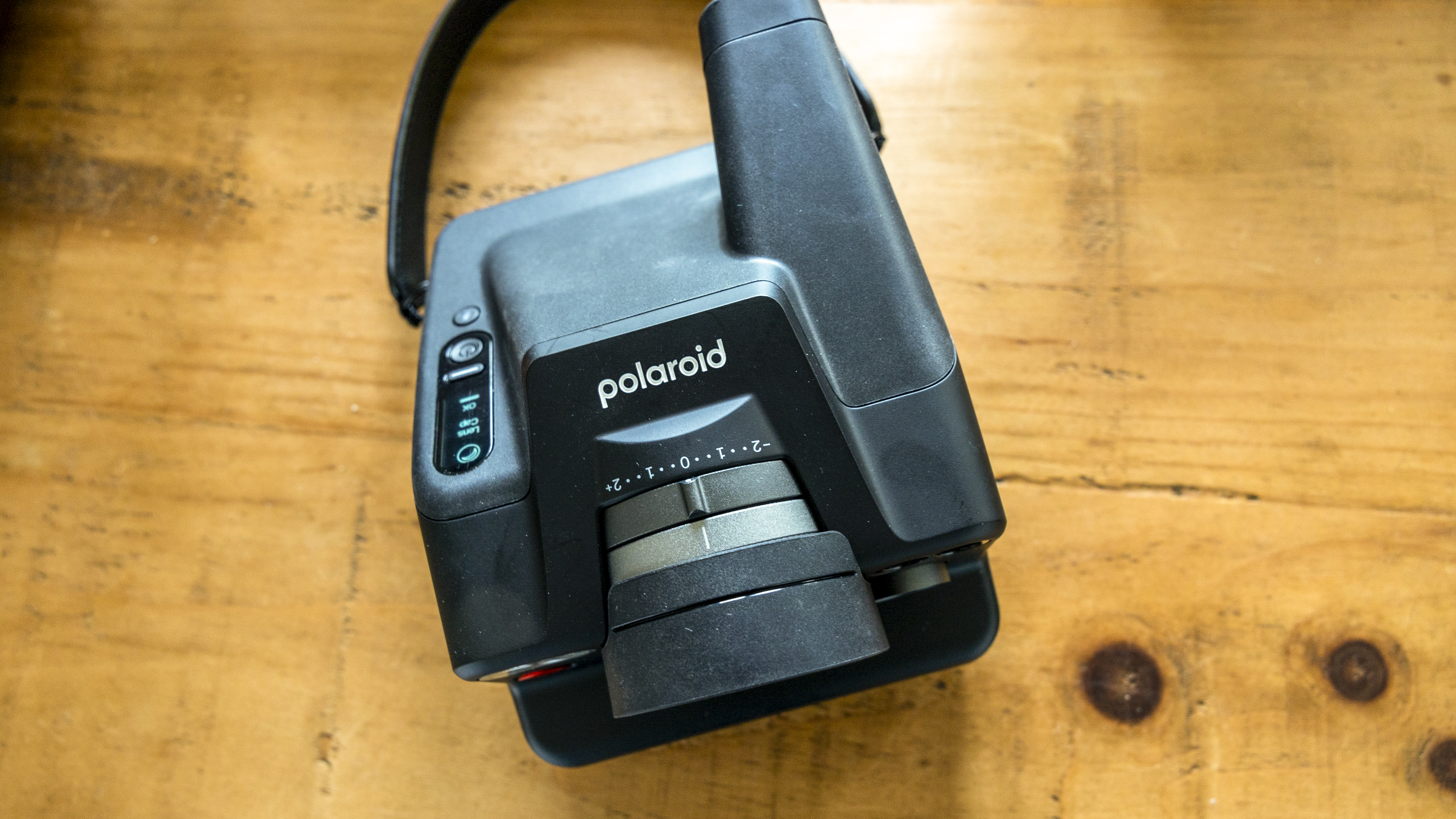
On some instant cameras, you can use exposure compensation to control the brightness of your photos and overcome difficult lighting conditions like high-contrast sunlight. Compensate for situations where the camera's automatic exposure might produce overly bright or dark images; a positive value (+) increases brightness, while a negative value (-) decreases it.
On the Instax Mini 90, the little LD button lets me toggle through three settings: L (light) L+ (very light), and D (dark). On the Fujifilm Instax Mini Evo, you can tweak the exposure up and down in numbered increments. The Polaroid I-2 has an exposure compensation dial on the lens. Check your camera manual if you're not sure what's possible.
3. Add in extra light

Instant film needs plenty of light to come out well. If the environment is too dark, say you're at a low-lit party or an ambient restaurant, turn on the camera's built-in flash to brighten things up. You can typically toggle between on, off, auto, or red-eye reduction. I usually keep my flash on whenever I'm indoors or if I want to add fill light outside. Keep it off when there's enough natural light, as it can be harsh on skin tones and make colors look washed out.
The fundamentals of photography apply in just the same way with instant cameras. Light is everything, so pay attention to the direction and intensity of natural light in your scene. Soft, diffused light – the sort you get from a window – reduces harsh shadows, while direct sunlight creates strong, interesting contrasts.
4. Consider contrast
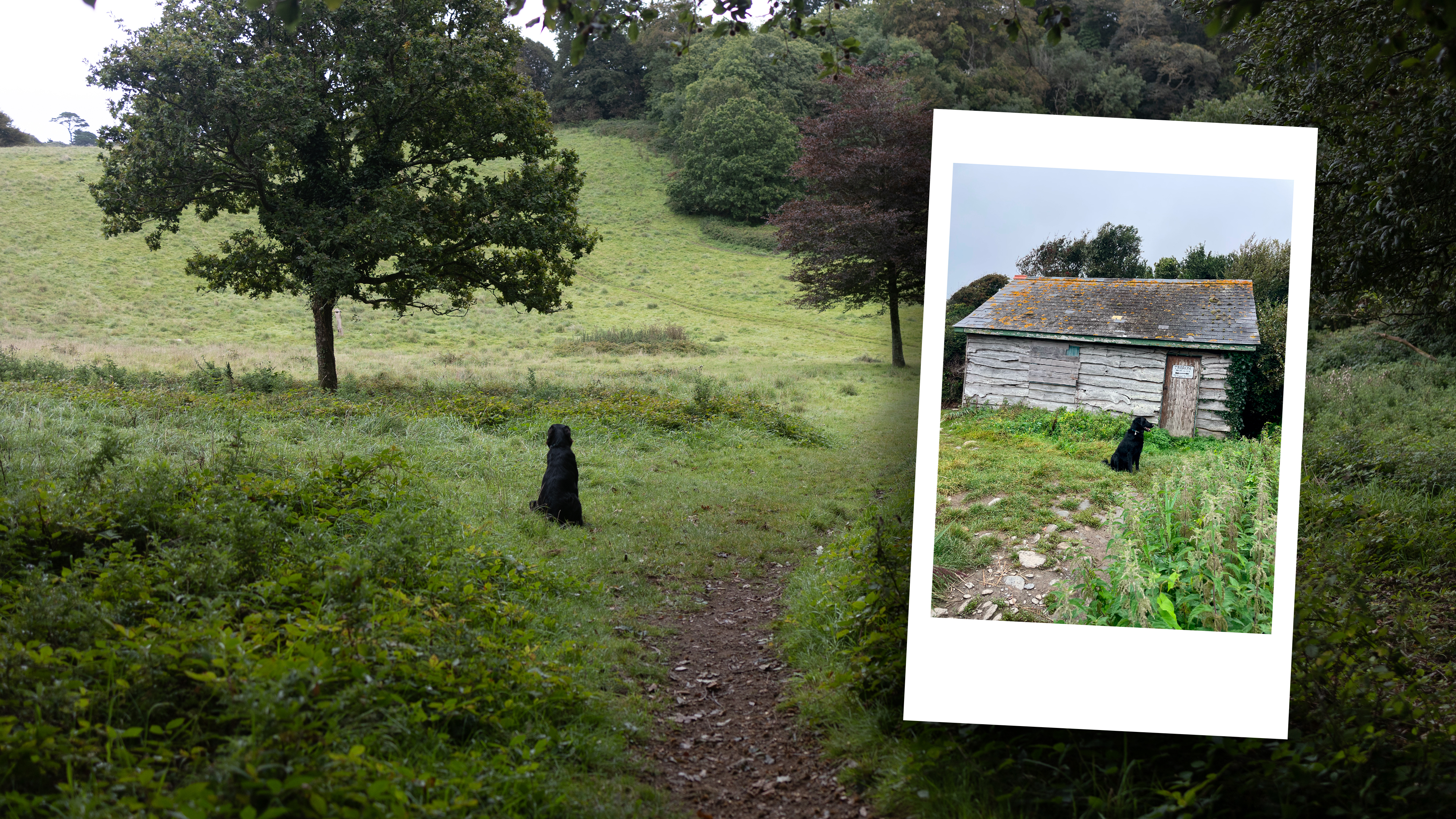
Instant cameras don't handle dynamic range – the difference between the darkest and brightest parts of an image – as well as the best mirrorless cameras, and shooting in even light or on cloudy days can yield the best results. If there's too much contrast between the highlights and shadows, you could end up with a muddy photo that's too dark, so need to be clever about when you photograph, what you include in the frame, and the direction you face.
It's limiting to only take instant pictures when the light is even, like on cloudy days. But if you're taking portraits, could you ask your subject to step into a shaded area? Alternatively, could you make dynamic contrasts an intentional part of the composition? Try shooting into the sun for a dramatic silhouette, or splitting the frame into clear sections of light and shade.
5. Try creative modes
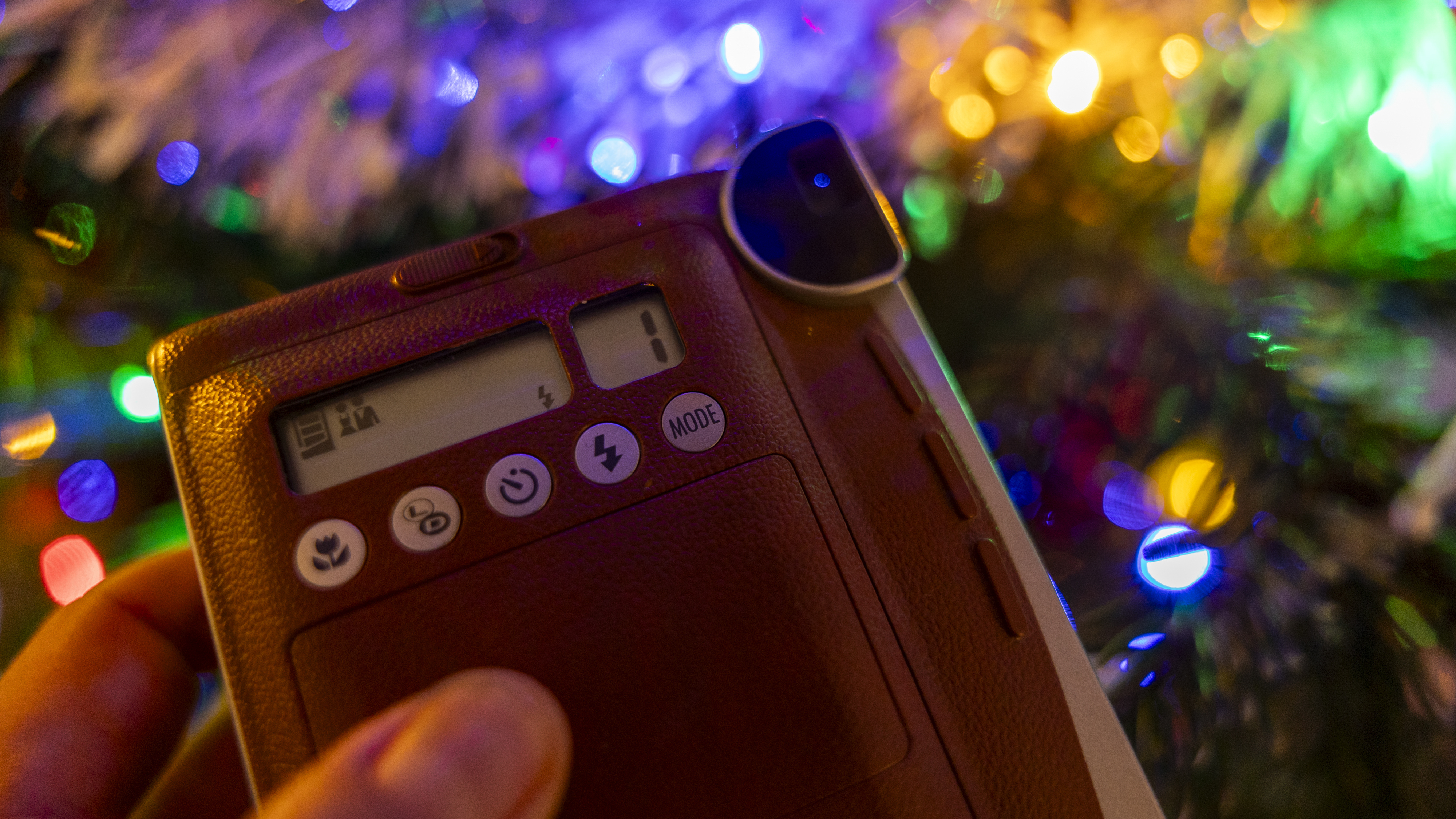
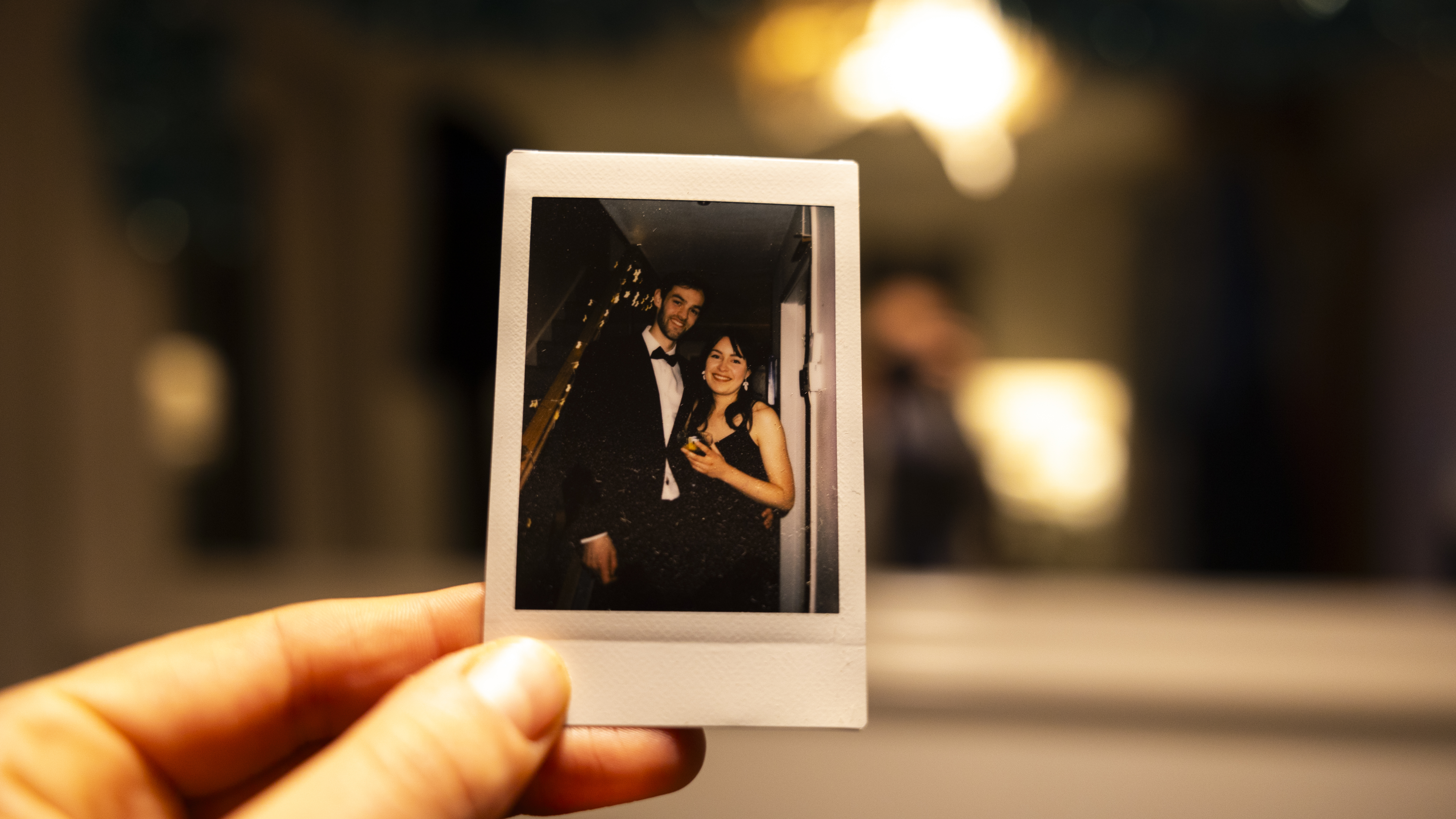
Instant cameras are designed to be fun! And any shooting modes they have are there for a reason. I used to stick the camera in auto and crack on. However, I recently experimented with the party mode on my Fujifilm Instax Mini 90 Neo Classic and found that it adjusts the flash output to reveal the background instead of keeping it dark. Neat. Then there's the "Kids" mode, which is designed for capturing fast movements with quicker shutter speeds and produced sharp prints when I used it to photograph my dog during a walk.
If you've got an array of modes and filters that you've been too scared to explore, I say give them a go. If your camera allows you to take double exposures, why not try overlaying a portrait with natural textures for a creatively expressive photograph? Or using macro mode for detailed shots?
It’s such a cliche, but the best way to improve your instant photography - as with any genre - is practice. Once you’ve gleaned the advice above, why not experiment with the best Instax and Polaroid films and accessories? Take advantage of deals on instant film, grab a big batch, and keep learning from your successful (and less successful) shots.







